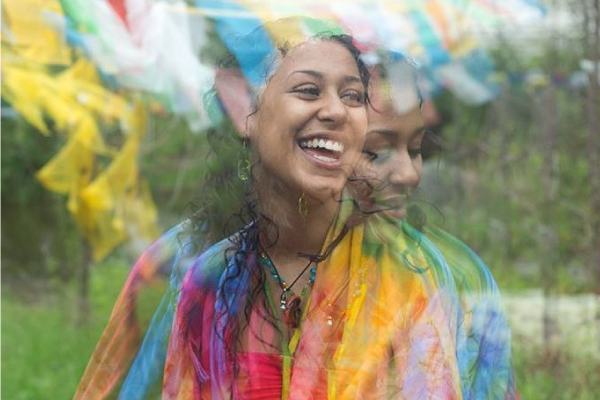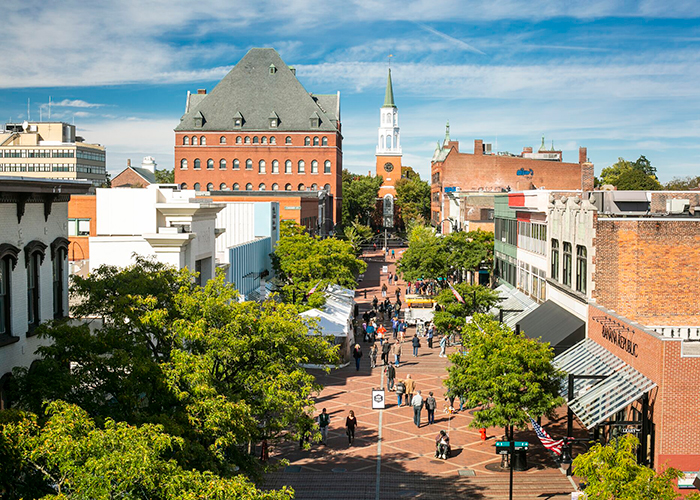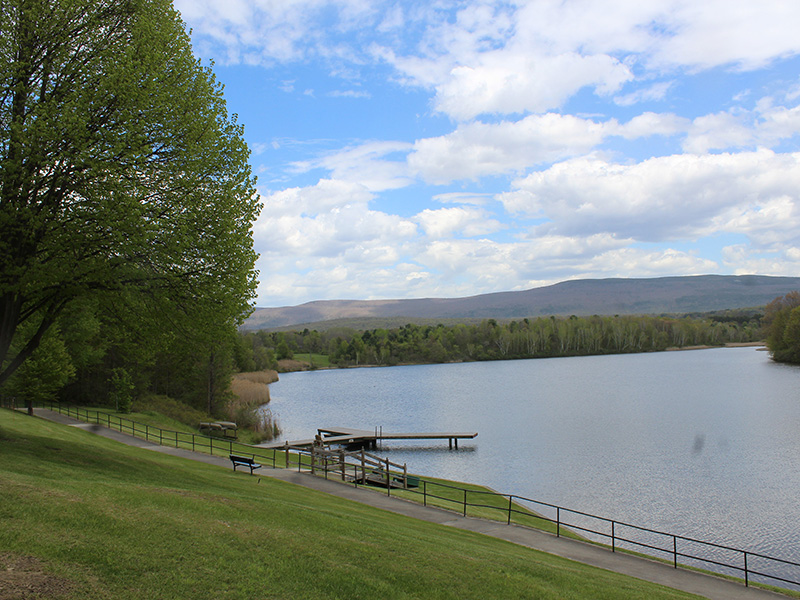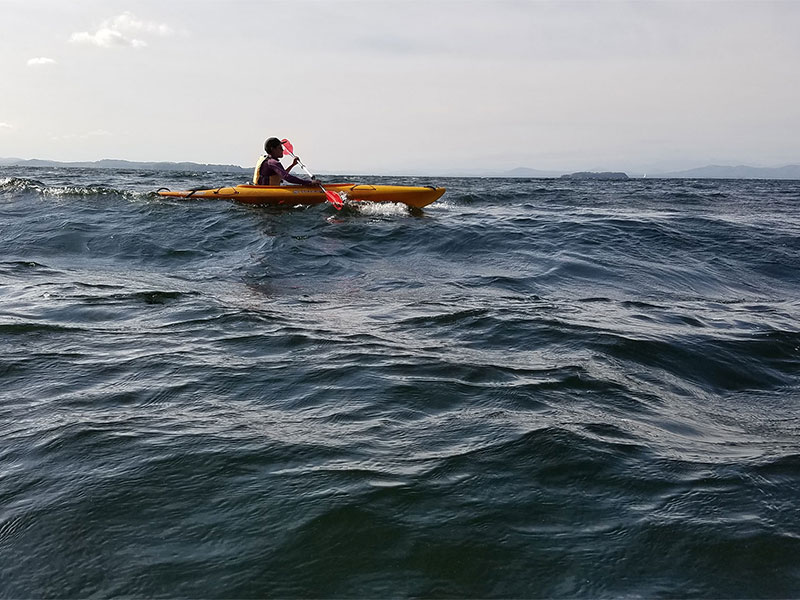Healing is as much an art as a science. It often requires sound, movement, story, and that other creative mode, community. For this kind of healing you can turn to Amber Arnold of Brattleboro, a practitioner of cultural somatics, a discipline her mentor describes as “how bodies move, breathe, think, feel, and know themselves within a culture.”
Amber is the co-organizer of the Susu Healing Collective, a botanica and community organization that offers herbal medicines and educational programs for “all people who are ready and willing to begin or continue the path of transformation through accountability, connection, and spiritual practice.” Since starting in the summer of 2019, the collective’s work has taken many forms, from leading a crowd of demonstrators in a self-soothing hum to echo that of enslaved Africans arriving on colonial America’s shores, to workshops that bring together BIPOC (Black, Indigenous, and People of Color) and allies to reckon with patterns of trauma and oppression. In all instances, Amber’s work shows us how our bodies are direct lines to our ancestors, to stories of pain and healing that can unlock the world we wish to see.
Amber shared her thoughts about being a Vermont artist.
How has living as an artist in Vermont affected your creative process?
Living as an artist in Vermont has affected my creative process in many ways. Vermont has this energy that is so unique to this place, its something I’ve never experienced before (and I’ve lived in many places). There’s this constant expansion and contraction of “progressive liberal” racism to connection with room and the desire of many people for expansion, creativity and dreaming. It’s like people here are so ready to transform culture, and they’re just waiting for the visionaries, the dreamers, the ones with the ancestors’ sweetness dripping off their lips to guide them to what that could look like. The people here are so ready and willing to walk in a new way of being, they just really need people like us to see what it looks like, to be curious about it, and to give them little chances to touch into it.
Vermont is a place where I feel safe and unsafe, where I feel held and unheld, where I feel connection and disconnection, where I feel comfort and discomfort. It has played a big role in lighting the fire in my heart for bringing change and liberation. It has in many ways helped me to develop my sense of place, and the ways in which I view the world and all of my art and creative culture building is based in my deep reverence and connection to this place and the people who call Vermont home.
What is something about your art that has changed over time?
E v e r y t h i n g. Stagnation is what keeps the water from flowing. As a young person my art started as a reflection of the way in which I viewed the world and where I felt I belonged. Most of my art consisted of poetry, writing, and drawing, and it mostly focused on the areas where I felt helpless, the way that white supremacy and trauma infiltrated my boundaries and left me gasping for air, the ways in which the system and the people working within it failed me. It centered my harm and the ways the white nonprofits and people would benefit and increase their admin budgets because of the suffering of me and my people.
My art has changed just as I have, though the systems and structures still show up in the same way. My art has increased my capacity to move beyond the binaries, the boxes, the identities that American culture places us in to keep us separate. My art has transformed into visions and dreams of the ancestors, the generations to come, and the future—in the present.
Now I create living art, I dream of liberation and what that would look and feel like, and then I create living opportunities to experience and explore it in real time. My art has changed into everything that I do and all the ways I engage in commUNITY. It has informed the way I live, breathe, move, and thrive in Vermont and the ways in which I see our commUNITY and people having so many opportunities to go beyond survival.
What is your vision for the next several years?
My vision for the next several years is to create the culture here in Vermont that my ancestors dreamed of when they braided seeds in their children’s hair before they were forced to board transatlantic slave ships being sent to a world they didn’t know. To make spaces where housing and food are considered birth rights that we access freely and where working is something we do because it brings us joy and is not tied to our survival. I vision building creative opportunities for Vermonters to start exploring the ways we can move through white-bodied supremacy and into remembering the wisdom, rituals, healing, and gifts that our ancestors left for us. Ways for us to heal from the oppression that our culture has placed on the shoulders of all of us in different ways to divide and conquer, and to move into building cultures of liberation where our needs are more than met, where we can be in deep relationship with each other and the land, where our visions and dreams can freely flow, and where we can begin to do real radical work—the work we can’t do yet because we’ve been too busy fighting for our basic rights like food, shelter, being able to just be Black, and seeing joy as central to our existence.
Once we have access to life, we can really start to get radical and create a culture that centers joy, connection, safety, and where we can really start creating the things that bring healing to all of us. I vision creating spaces for the voices of the people most oppressed by this system to be their own storytellers, to share their stories, make their art, and offer their gifts to the world in a way that brings them joy and connection and is not yoked to the building and success of white nonprofits getting rich off our labor and our stories. I vision offering creative educational programs to the folx in Vermont who are interested in being part of building a culture that frees us from capitalism, political control, and white supremacy culture.
Visit the Susu Healing Collective’s website.
Learn about Susu’s BIPOC Land and Food Sovereignty Fund.
Read The Commons‘ story about Amber and cultural somatics.
Read about Susu’s contribution to recent social justice demonstrations in Brattleboro.
Amber Arnold is a manifester of abundance, community, and self-love as acts of collective liberation, resistance and reciprocity. She is deeply rooted in her vision of healing through community and everyday magic hiding in plain sight. She creates spaces that calm the nervous system, invite curiosity, and allow for abundance, deep connection, and co-regulation. Amber follows the knowledge, wisdom, and guidance of her ancestors who through pain, liberation, and resilience paved the way for her to offer seeds of connection and healing within communities. Amber believes in the power of co-healing and helps people embody empowerment and explore the tools needed to self- and co-heal and move through trauma patterns that manifest as disease, sickness, white supremacy, disconnection, and mental imbalance.
The “I am a Vermont Artist” series explores how artists’ creative expressions reflect their experiences of ethnicity, gender identity, religion, disability, or age. Covering all artistic disciplines, and a range of backgrounds—from New Americans to the state’s first residents—we hope to amplify voices that deepen our understanding of what it means to be a Vermont artist. This story by the Vermont Arts Council originally appeared at




